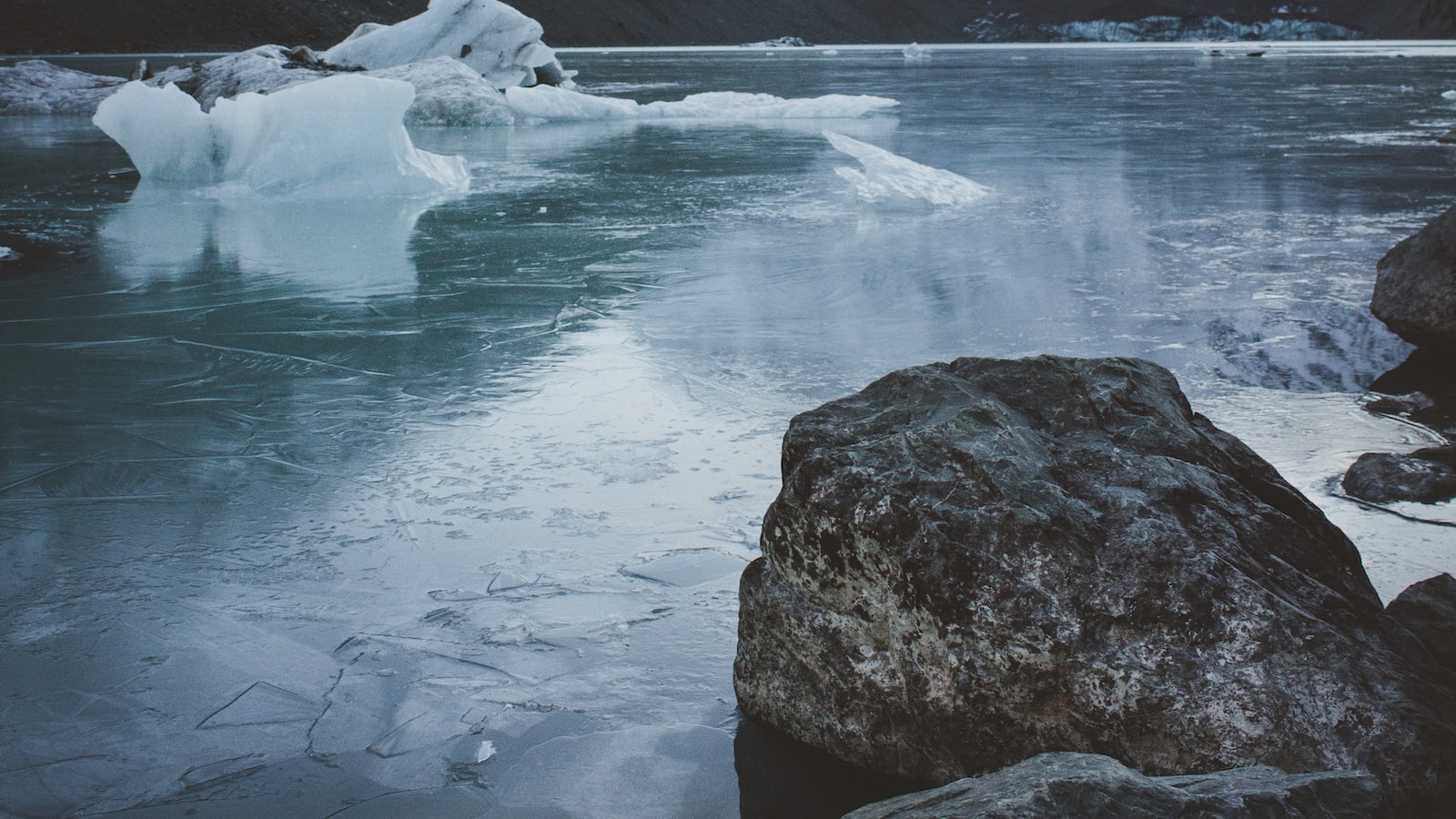What To Wear Under Snow Pants

When it comes to dressing for cold weather, layering is key. It’s important to make sure you stay warm and dry when playing in the snow. Wearing the right clothing under your snow pants can make all the difference between a fun day playing in the snow and an uncomfortable one. Knowing what to wear under your snow pants can help ensure that you remain comfortable and protected all day.When wearing snow pants, it is important to wear the right type of clothing underneath. The best type of clothing to wear under snow pants are base layers such as long underwear, thermals, or leggings. These layers should be made from materials such as wool or synthetic fabrics that wick away moisture and keep the body warm and dry. It is also important to choose a material that will allow for flexibility in movement. Furthermore, wearing an additional layer such as sweatpants or fleece will provide extra warmth and protection from the cold temperatures.
Base Layers for Snow Pants
Base layers are a great way to keep yourself warm in cold weather. They provide an extra layer of insulation between you and the elements, helping to regulate your body temperature. Base layers for snow pants are especially important as they can help keep you warm and dry, even in extreme cold temperatures. The best base layers for snow pants should be lightweight and breathable, allowing your body to move freely while still providing warmth. They should also be moisture wicking, so that sweat is quickly drawn away from your skin, helping to prevent chafing or discomfort. Lastly, look for base layers made with materials that are soft against the skin and provide a good range of movement.
When choosing a base layer for snow pants, consider the type of activity you will be doing. If you will be skiing or snowboarding all day, opt for a thicker material such as merino wool or synthetic fleece. These fabrics provide excellent warmth without feeling bulky or restrictive. If you plan on hiking in the snow, look for lighter weight fabrics such as merino wool or polyester that will wick away moisture and still keep you warm when temperatures drop. Finally, if you are just looking for something to wear casually while playing outside in the snow, choose a thin base layer made from synthetic materials such as polyester or nylon.
No matter what type of activity you plan on doing in the snow, having a quality base layer is essential. Base layers provide an extra layer of insulation between your body and the cold air outside so that you stay warm and comfortable even during extremely cold temperatures. Be sure to choose one that fits well and is made with materials that are comfortable against your skin so that it can help keep you warm all day long!
Key Features of Base Layers
Base layers are essential for any outdoor activity, providing thermal insulation, breathability, and often wicking moisture away from the skin. They are designed to be lightweight and comfortable enough to wear all day long without feeling too hot or too cold. The following are some of the key features of base layers:
Temperature Regulation: Base layers can help regulate body temperature by trapping a layer of air close to the skin. This helps keep you warm when the weather is cold and cool when it’s hot. Many base layers also feature wicking properties that draw moisture away from the body and into the fabric, helping keep you dry and cool.
Comfort: Base layers should fit snugly against your body without being too tight or restrictive. Look for fabrics that are soft against the skin and don’t cause irritation or chafing. Additionally, look for seams that lie flat against your skin so as not to cause discomfort.
Durability: When choosing a base layer, look for materials that can stand up to the rigors of your activity. Fabrics like Merino wool are extremely durable yet lightweight, making them ideal for use in outdoor activities where your base layer may be exposed to dirt and debris. Synthetic fabrics like polyester and nylon are also great options for durability.
Versatility: Look for a base layer that is versatile enough to be worn in multiple weather conditions. A good quality base layer should transition easily from cold winter days to hot summer days without you having to switch out your top layer or add extra insulation. Choose a fabric with temperature-regulating properties so you can stay comfortable no matter what Mother Nature throws at you.
Types of Base Layers
Base layers are a key component of any outdoor wardrobe. They provide warmth and comfort no matter the weather, and help keep you dry and comfortable in even the harshest conditions. There are several different types of base layers available, each with its own advantages and disadvantages.
The most common type of base layer is synthetic material, usually polyester or nylon. Synthetic material is lightweight, breathable, and able to wick away moisture quickly. It also dries quickly and is relatively durable, making it well suited for outdoor activities such as hiking, skiing, or snowshoeing. However, it can be less comfortable than other materials when worn directly against the skin.
Another popular type of base layer is merino wool. Merino wool is a natural fiber that is extremely soft and comfortable against the skin. It’s also highly breathable, able to regulate body temperature effectively in all weather conditions. Moreover, it’s naturally odor-resistant and can absorb up to 30% of its weight in water without feeling wet or heavy. The downside is that merino wool can be expensive compared to other materials.
A third type of base layer is fleece. Fleece provides good insulation in cold weather conditions due to its thick texture, while still remaining lightweight and breathable. Fleece is also durable and easy to care for, making it a great choice for long-term use in wet or cold climates.
Finally, there are silk base layers available for those looking for a more luxurious option. Silk is lightweight yet incredibly warm due to its insulating properties; however, it isn’t as breathable as some other materials so may not be suitable for strenuous activities such as running or cycling in warmer weather conditions.
Whichever type you choose, make sure you pick one that meets your needs for comfort and performance so you can enjoy your outdoor adventures even more!
Merino Wool as a Layer for Snow Pants
Merino wool is an excellent option for adding an extra layer of warmth to snow pants. This natural fiber provides superior insulation, while remaining lightweight and breathable. Merino wool is also moisture-wicking, meaning it will keep you dry when exposed to wet or snow-covered surfaces. The fabric is also naturally odor-resistant, helping you stay fresh and warm even after hours of wear. Merino wool is the perfect choice for snow pants, as it offers both warmth and comfort without sacrificing mobility or breathability. Additionally, merino wool is machine washable, making it easy to keep your snow pants clean and looking their best.
Merino wool can be used in a variety of ways to enhance the performance of snow pants. It can be used as a lining inside the pant legs to add extra warmth, or it can be used on the outside of the pant legs for added protection against wetness or cold temperatures. Merino wool can also be used to create insulated pockets within the snow pant fabric that keep your hands and feet warm while outdoors in cold weather. Whatever way you choose to use merino wool with your snow pants, you’ll be sure to stay warm and comfortable during your outdoor adventures.
In conclusion, merino wool is an excellent material for adding extra warmth and comfort to your snow pants. It provides superior insulation while allowing for breathability and freedom of movement. Merino wool also helps protect against wetness and cold temperatures while being easy to care for. With all these benefits, merino wool is the perfect choice for taking your snow pants from ordinary to extraordinary!

Synthetic Fabrics for Snow Pants
When it comes to choosing the right fabric for snow pants, synthetic fabrics are the way to go. Not only do they provide superior insulation and warmth, but they’re also lightweight and breathable, making them ideal for outdoor activities in cold weather. Synthetic fabrics are usually made from polyester or nylon, which makes them waterproof and able to withstand wet conditions like rain or snow. They also dry quickly, so you don’t have to worry about getting cold and wet if you get caught in a sudden snowstorm. Synthetic fabrics also tend to be more durable than natural fabrics, making them a great choice for winter clothing.
When selecting a synthetic fabric for your snow pants, it’s important to consider its weight and insulation capabilities. Heavier fabrics are typically warmer and more durable, but may be too bulky or stiff. Lightweight fabrics are often more comfortable and breathable, but may not provide as much warmth or protection from the elements. It’s also important to consider how stretchy the fabric is; if you plan to engage in outdoor activities like skiing or snowboarding, you’ll need a fabric that has some stretch so you can move freely without feeling restricted. Finally, make sure that the fabric is waterproof; otherwise you’ll end up with wet pants after spending time outside in wet weather!
Staying Warm in the Cold Weather
When it comes to winter, staying warm and comfortable should be your top priority. To do this, you’ll need to invest in quality thermal underwear. This type of clothing is designed to keep you warm and comfortable even when the temperature outside drops. Thermal underwear is made of a special material that helps retain body heat while also allowing for breathability. It’s lightweight and easy to layer, so you can stay warm without feeling bulky or uncomfortable. Plus, it’s affordable and comes in a variety of styles and colors so you can find something that fits your style.
Thermal underwear is a great way to stay warm during those cold winter days. It offers superior protection from the elements while also providing breathability and moisture-wicking capabilities. The lightweight material makes it easy to layer with other clothing for extra warmth if needed, so you can easily adjust your outfit based on the weather conditions outside. Plus, thermal underwear comes in a wide range of sizes, colors, and styles so you can find something that suits your needs perfectly.
Whether you’re heading out for a day on the slopes or just looking for an extra layer of warmth on a cold winter night, thermal underwear is an essential part of any wardrobe. Investing in quality thermal underwear will help ensure that you stay warm and comfortable all season long!
Mid-Layers for Extra Protection
When it comes to staying warm in the winter, layering is key. While a coat or jacket can keep you warm in mild weather, layering different pieces of clothing helps to create more insulation and protect against extreme cold temperatures. Adding mid-layers to your wardrobe can help keep you warm all winter long. Mid-layers are pieces of clothing that are worn between a base layer and an outer layer of clothing. They work by trapping air between the layers and providing extra warmth.
Mid-layers come in all shapes and sizes and can be made from a variety of different materials. Fleece jackets and pullovers are popular mid-layer choices because they trap air, wick away sweat, and create a layer of insulation against cold temperatures. Sweaters are also a great way to add an extra layer of warmth without adding too much bulk. For serious protection against cold weather, down vests and jackets provide excellent insulation while remaining lightweight and easy to move in.
Layering is an essential part of staying warm during the winter months but it’s important to remember that too many layers can make you overheated. When choosing mid-layers, look for lightweight items that will provide extra warmth without feeling too bulky or heavy. The key is finding the right balance between comfort and protection from the cold. With a few well-chosen mid-layers, you’ll be sure to stay warm all winter long!

Conclusion
As you can see, there are a variety of options for what to wear under snow pants. The most important thing to consider is the amount of protection and warmth that you need for your particular situation. Layering up with thermal underwear and other base layers can help ensure that you stay warm and comfortable while out in the cold. Choose items made from breathable fabrics such as wool or synthetic materials to help wick away moisture and keep you dry. Finally, don’t forget to add a waterproof outer layer over your snow pants for extra protection against the elements.
No matter what type of winter weather you’re expecting, having the right clothing under your snow pants is essential. With a few key pieces of winter wear in your wardrobe, you can stay warm and dry on any snowy day!
